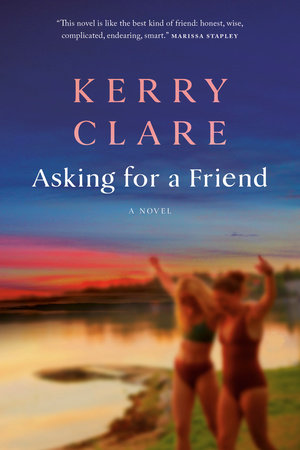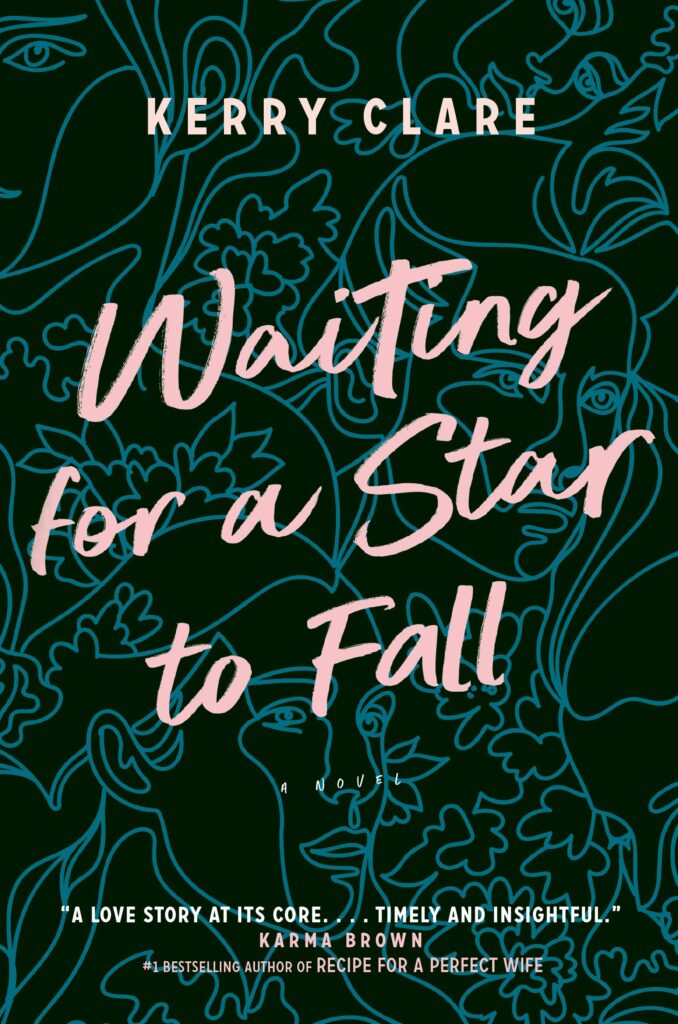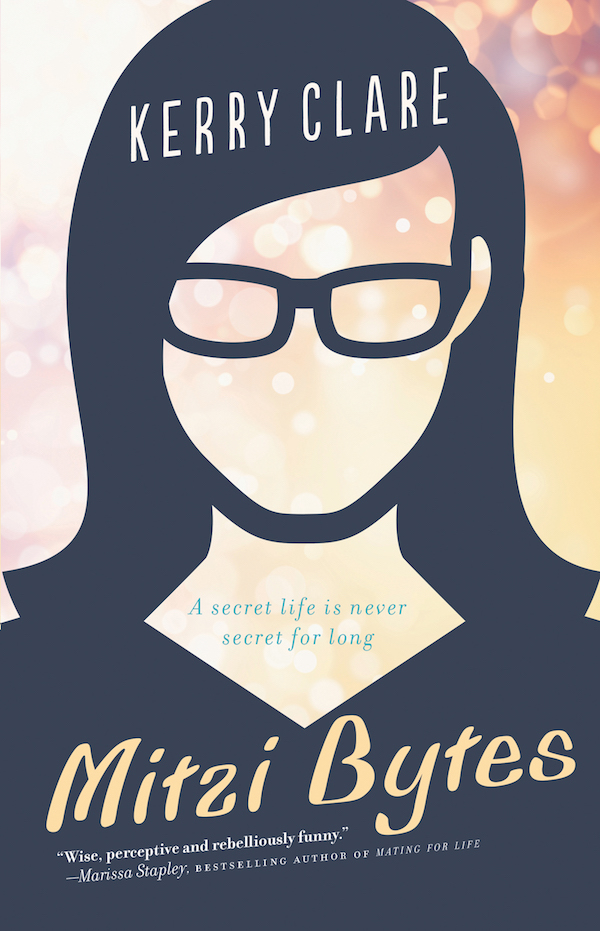March 1, 2012
Mog and the Granny, and questions of censorship
 This week is Freedom to Read Week, for which I published a post at The 49th Shelf about challenged books in Canada— the list will disturb and amuse you. My post is adapted from Freedom to Read Week’s List of Challenged Books and Magazines in Canada, not all of which are Canadian, and which includes Judith Kerr’s Mog and the Granny. We had that book out from the library about a month ago when Harriet was a bit Mog-crazy, and it horrified me. And I’m not too easily horrified– I keep bringing home books with sexual story lines (this and this), and The Great Canadian Railway Trilogy comes complete with a picture of a hooker. I am also not always convinced that books with outdated ideas need be turfed into the recycling bin. But I couldn’t read Mog and the Granny as-is.
This week is Freedom to Read Week, for which I published a post at The 49th Shelf about challenged books in Canada— the list will disturb and amuse you. My post is adapted from Freedom to Read Week’s List of Challenged Books and Magazines in Canada, not all of which are Canadian, and which includes Judith Kerr’s Mog and the Granny. We had that book out from the library about a month ago when Harriet was a bit Mog-crazy, and it horrified me. And I’m not too easily horrified– I keep bringing home books with sexual story lines (this and this), and The Great Canadian Railway Trilogy comes complete with a picture of a hooker. I am also not always convinced that books with outdated ideas need be turfed into the recycling bin. But I couldn’t read Mog and the Granny as-is.
Most of the Mog books have lead me to suppose that Judith Kerr is intimately acquainted with hallucinogens. Sometimes they’re funny, sometimes they’re great, but most often, they’re just totally weird. And Mog in the Granny is case-in-point, from the perspective of a cat who uses his psychic connection to his owner to visualize her trip to America which mostly involves her engaging with stereotypes of Native people (and it doesn’t really help the book’s case to point out that in England [where Kerr is from] called Natives “Red Indians” is still pretty standard). The cat lacks the language and context to understand what’s going on in the images, and decides the Natives (in their obligatory headdresses) are “Bird People” and he’s concerned they’re going to hurt Debbie. But they don’t and she’s fine, and comes back from America with a baby Bird Person (doll). The end. Really, it’s just pointless. There are better Mog books out there.
So I understood why Kerr’s book was on the list. But what about John Reilly’s Bad Medicine, which also appears on the challenged list? Reilly is an Alberta judge and the book is about his experiences with Native peoples and justice. It was challenged by a group objecting to Reilly’s portrayal of First Nations governments and seeking a ban, which was overturned (though conclusion was that Reilly should resign from the bench if he is to take political stances).
Different context, I know, and a very different kind of book, but considering both books is a way to consider the issue of intellectual freedom and censorship from more than one side. How much also these questions need to be considered on a case-by-case basis, and even case-by-case, how it’s misleading to see anything important in simple terms of black and white.






I’m more curious as to why in the full list (in 2009) Leonard Maltin’s 2010 Movie Guide was challenged.
Have you read it, Jennie? It’s *disgusting*. Totally lewd.